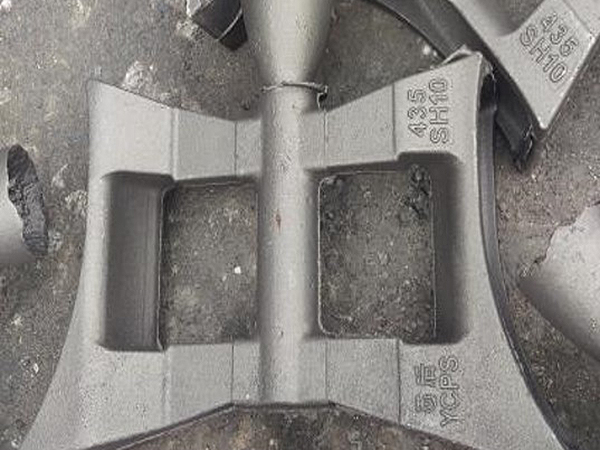Differences Between Sand Casting and Die Casting
Casting is a foundational manufacturing process that involves pouring molten material into a mold to create complex shapes and components. Two of the most common casting methods are sand casting and die casting. Although both techniques have their advantages and applications, they differ significantly in terms of materials, processes, costs, and results. This article will explore the key differences between sand casting and die casting, highlighting when and why each method is used.
1. Process Overview
Sand Casting is one of the oldest casting methods, utilizing sand as the primary material for the mold. The process involves creating a mold from sand mixed with a binder and then pouring molten metal into the sand mold. Once the metal solidifies, the sand is removed, leaving behind the cast part. The sand can be reused for multiple casting cycles, contributing to its efficiency.
On the other hand, Die Casting employs a more industrialized approach. In this method, molten metal is injected under high pressure into a steel mold (die) that is machined to produce high-precision parts. Die casting is typically utilized for non-ferrous metals such as aluminum, zinc, and magnesium due to their specific properties that allow the use of high pressures and temperatures during the casting process.
2. Material Suitability
The materials used in both casting processes differ significantly. Sand casting is versatile and can be used for a wide range of metals, including iron, aluminum, and bronze, making it suitable for various applications, from automotive parts to intricate art pieces. The sand mold can accommodate different shapes and sizes but generally has limitations in achieving very thin walls.
Dies, used in die casting, are suited for non-ferrous metals and allow for extremely precise and intricate shapes. Die casting produces parts with excellent surface finishes and dimensional accuracy. This makes die casting particularly attractive for mass production of components found in the automotive, aerospace, and consumer goods industries.
3. Cost Factors
One of the most significant differences between sand casting and die casting is in their cost structures. Sand casting generally incurs lower initial tooling costs, making it ideal for short runs or prototypes. However, the unit cost decreases significantly with volume due to the ability to reuse sand molds.
difference between sand casting and die casting

In contrast, die casting involves higher initial costs due to the manufacturing of complex dies, which are expensive to produce. However, when mass production is required, the lower per-unit cost can make die casting more economically viable over time. Thus, the choice between the two methods often comes down to production volume and budget constraints.
4. Surface Finish and Tolerances
The surface finish and tolerances achieved through each method also differ markedly. Sand casting typically results in a rougher surface finish, requiring secondary processing for a smoother finish. The dimensional tolerances of sand cast parts are generally broader compared to die castings.
In contrast, die casting produces parts with far superior surface finishes and tighter tolerances. This precision reduces the need for additional machining, lowering overall production time and costs for high-volume runs.
5. Production Speed and Volume
The production speed for each casting method is another significant differentiator. Sand casting is slower, as each mold must be assembled and prepared before the casting process can begin. This makes sand casting less efficient for high-volume production.
Die casting, meanwhile, is designed for high-speed production, capable of producing large quantities of parts in a short time frame. The automation involved in die casting lines further enhances the speed and efficiency of the overall manufacturing process.
Conclusion
In summary, sand casting and die casting are distinct manufacturing techniques, each suited for different applications and production needs. Sand casting offers versatility and lower initial costs, making it ideal for prototypes and small production runs. Conversely, die casting excels in high-volume production where precision, surface finish, and economic efficiency are paramount. Understanding these differences helps manufacturers choose the appropriate casting method for their specific requirements, optimizing both production efficiency and product quality.
Post time:okt . 18, 2024 05:34
Next:пісок, який кидає пісок
